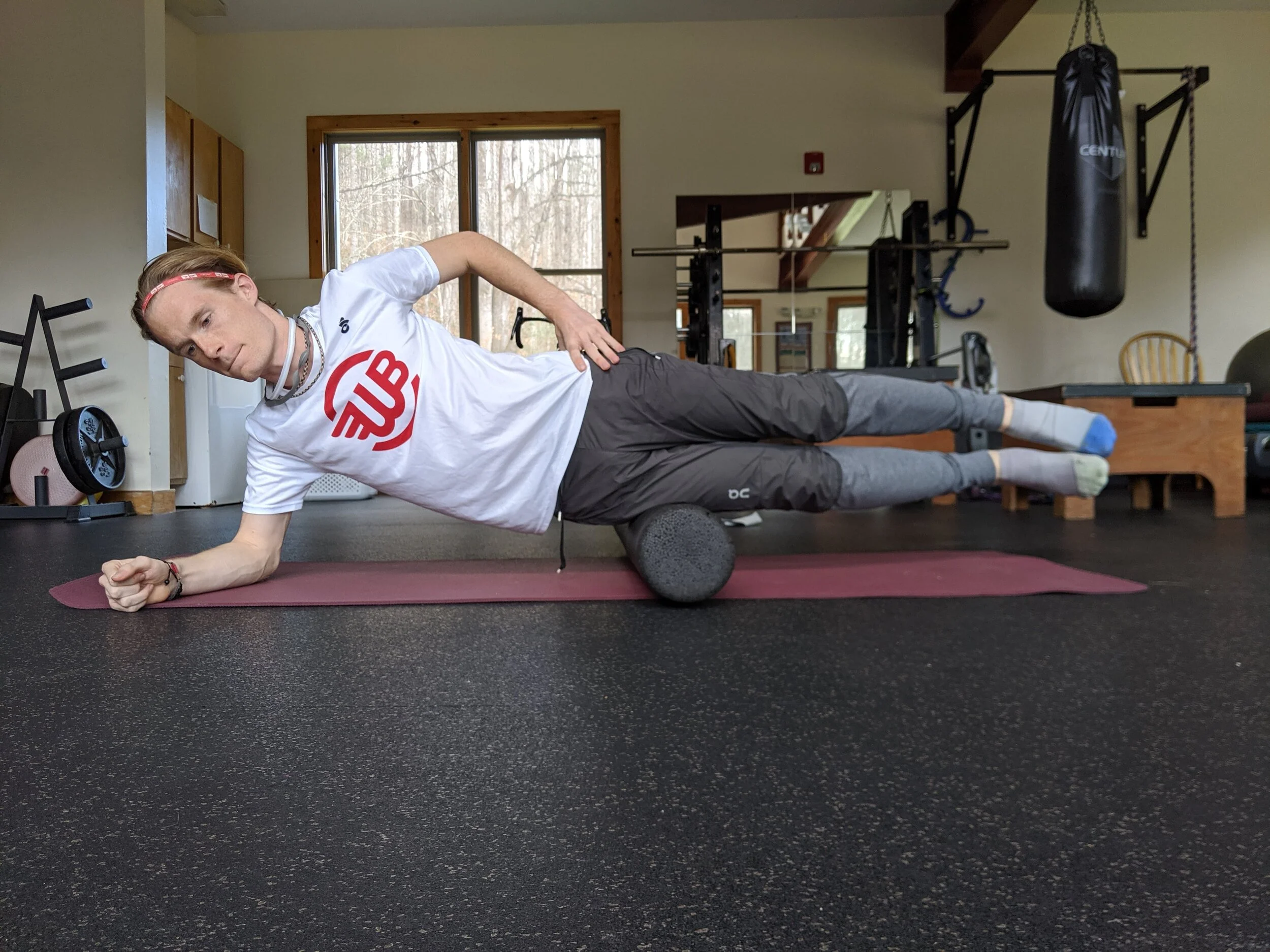How Effective Is Foam Rolling?
As a runner using a foam roller I consider a must
I like to describe foam rolling as simply at home DIY massage for aching legs. I typically ask the runners I coach to spend some time taking care of their body at least a couple times a week and foam rolling is an affordable easy tool to do so.
Some of the benefits I cite when talking about foam rolling boil down to the following: reducing pain from a previous workout or race, increasing your muscles range of motion, and enhancing your recovery.
But is it really that effective? Does it make a big enough change to warrant us having it a regular part of your training program. Let’s break down what research says about the runners who use it to cure many of their ailments.
Foam rolling to reduce pain
Often times I will prescribe foam rolling to the runners I coach after a hard workout. I often ask for this after a workout to help deal DOMS(delayed onset muscle soreness). DOMS is often while you’ll feel relatively fine a few hours after the race but within the next 48 hours you’ll feel like you can’t get out of bed.
According to a study done in 2019, after a bout of high intensity intervals spending some time on the foam roller decreased the DOMS the subjects felt by 30%. In another study athletes were able to jump much farther several days after a hard workout than the control group and this may do to simply less pain within the muscles.
The muscle fatigue that exists after a race or hard workout is quite annoying. The science for the decrease in muscle fatigue is very strong and is strongly correlated with recovering faster than if you were to do nothing.
Foam rolling to increase range of motion
Most runners that I know are chronically tight. Everything from their shoulders down to their ankles. It’s an issue we all battle and it’s something that effects us negatively. Chronically tight muscles can lead to compensation issues and injuries if the problems persist. Foam rolling has been shown to help increase muscle flexibility allowing the tissue to do what it’s meant to do. There has been an abundance of evidence to show that this is the case from this Sports Med study saying foam rolling had a large effect on range of motion. To this study by Physio Therapy sports publication that found it increased hamstring flexibility by almost 13%
Using foam rolling before a run to help warm up the muscles has been found to have been more effective even 10 minutes into a run than to have just warmed-up running. No matter if it’s before or after you’re going to receive the benefits of been more flexible.
Foam rolling to enhance recovery
This is where science needs to continue to do more research in as the results are a little hazy. That said several studies have found that foam rolling does in fact decrease recovery needed for the following workout. When comparing subjects in jump performance 24, 48, and 72 hours after the initial training session foam rolling was found to ”appears to improve jump performance in the later stages of recovery”. This is achieved by promotion of blood flow and the ability to help break up the scar tissue that forms in our muscles after hard exercise. More research needs to be done but anecdotally I have found through my time as an athlete and as a coach I feel more prepared for my next hard workout in a few days if I take some time to help release my muscles.
What this means for you
While there is still a lot of research that needs to be done on the effects of foam rolling we do know at least on some level it helps in these three categories:
It reduces pain from workouts
It increases range of motion
It enhances recovery
these three areas alone makes a foam roller is an important part of any runners toolbox to use on a regular basis. Foam rolling can help keep us healthier and more flexible than by doing nothing. I recommend spending 10 minutes a couple times a week rolling your major muscles in your legs: Hamstrings, Quads, calves, glutes, and Plantar. This exercise can be done while watching TV before bed or in the morning as a way to shake out the morning stiffness before beginning your day.
Questions on what a good foam rolling routine looks like? Send me a message at Johnny@wickedbonkproof.com and I’d love to help take you through a routine.

